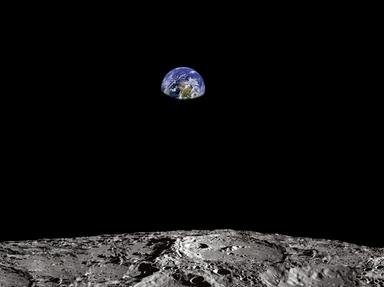Quiz Answer Key and Fun Facts
1. First rocket to reach space
2. First artificial satellite of Earth launched
3. First human in space
4. First human landing on the Moon
5. First reusable spacecraft launched
6. First spacecraft travels beyond all Solar System planets
7. First operational robotic rover on another planet
8. First international space station
9. First interplanetary solar sail spacecraft
10. First food grown and eaten in space
Source: Author
looney_tunes
This quiz was reviewed by FunTrivia editor
ponycargirl before going online.
Any errors found in FunTrivia content are routinely corrected through our feedback system.
